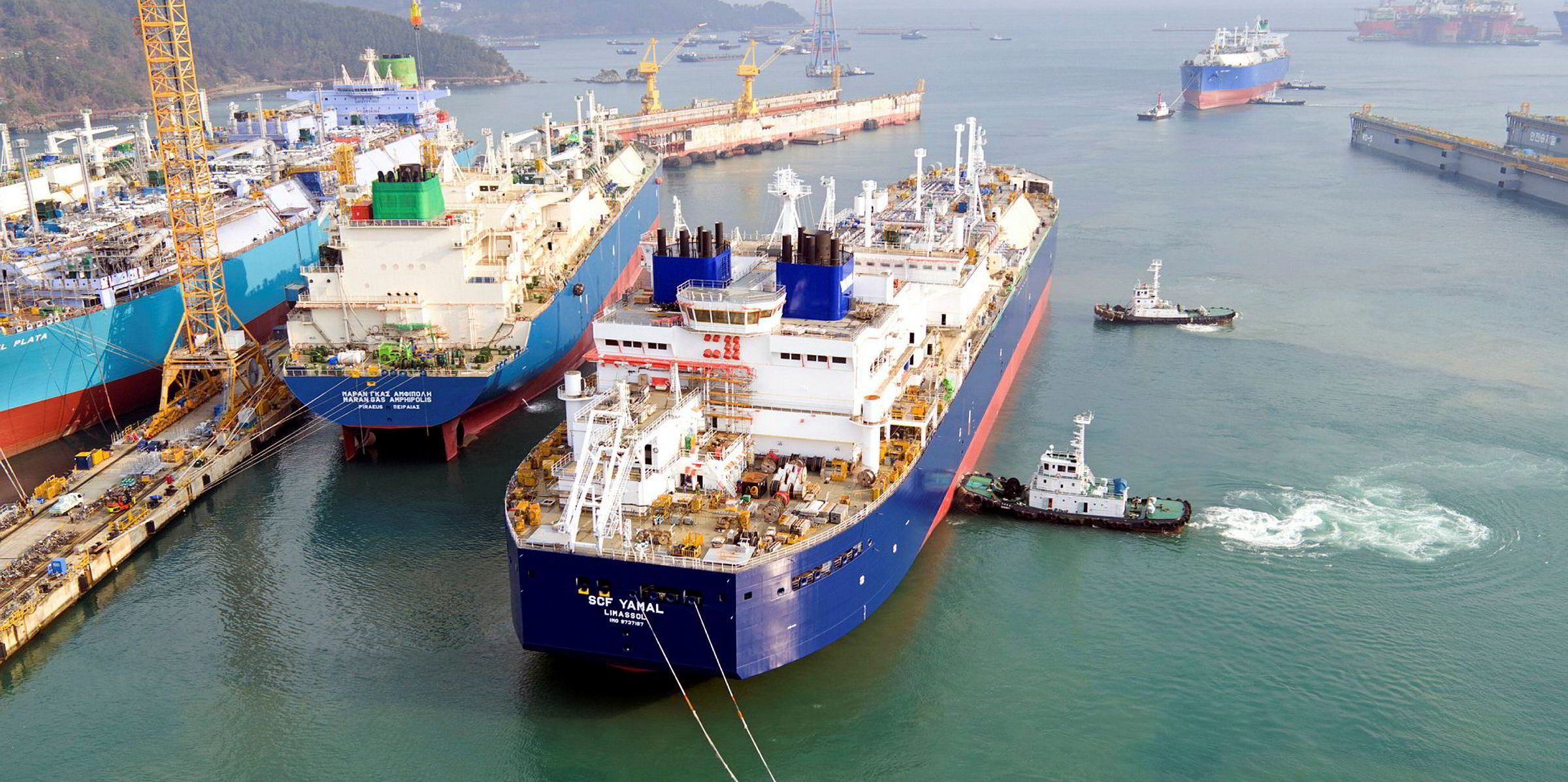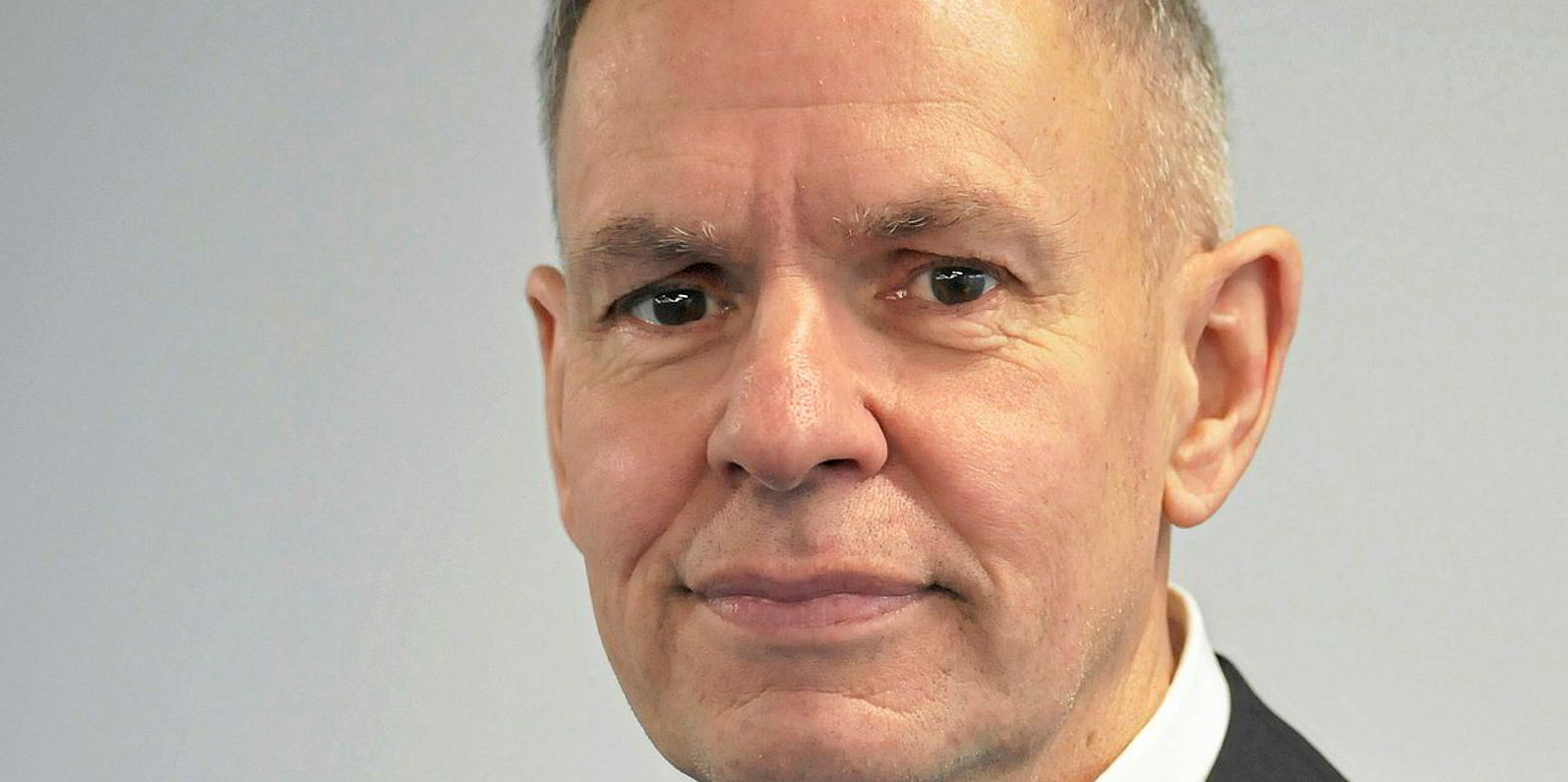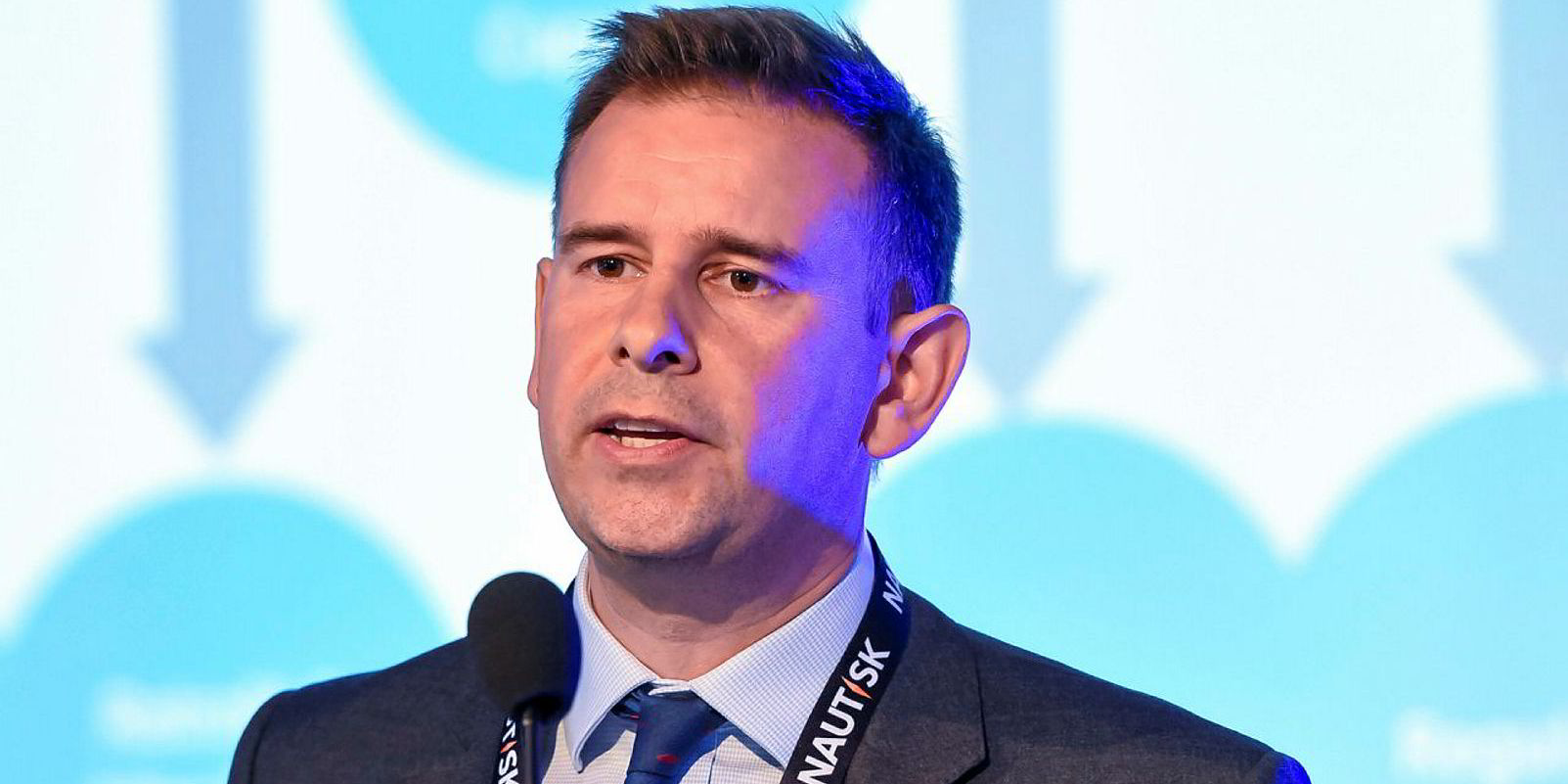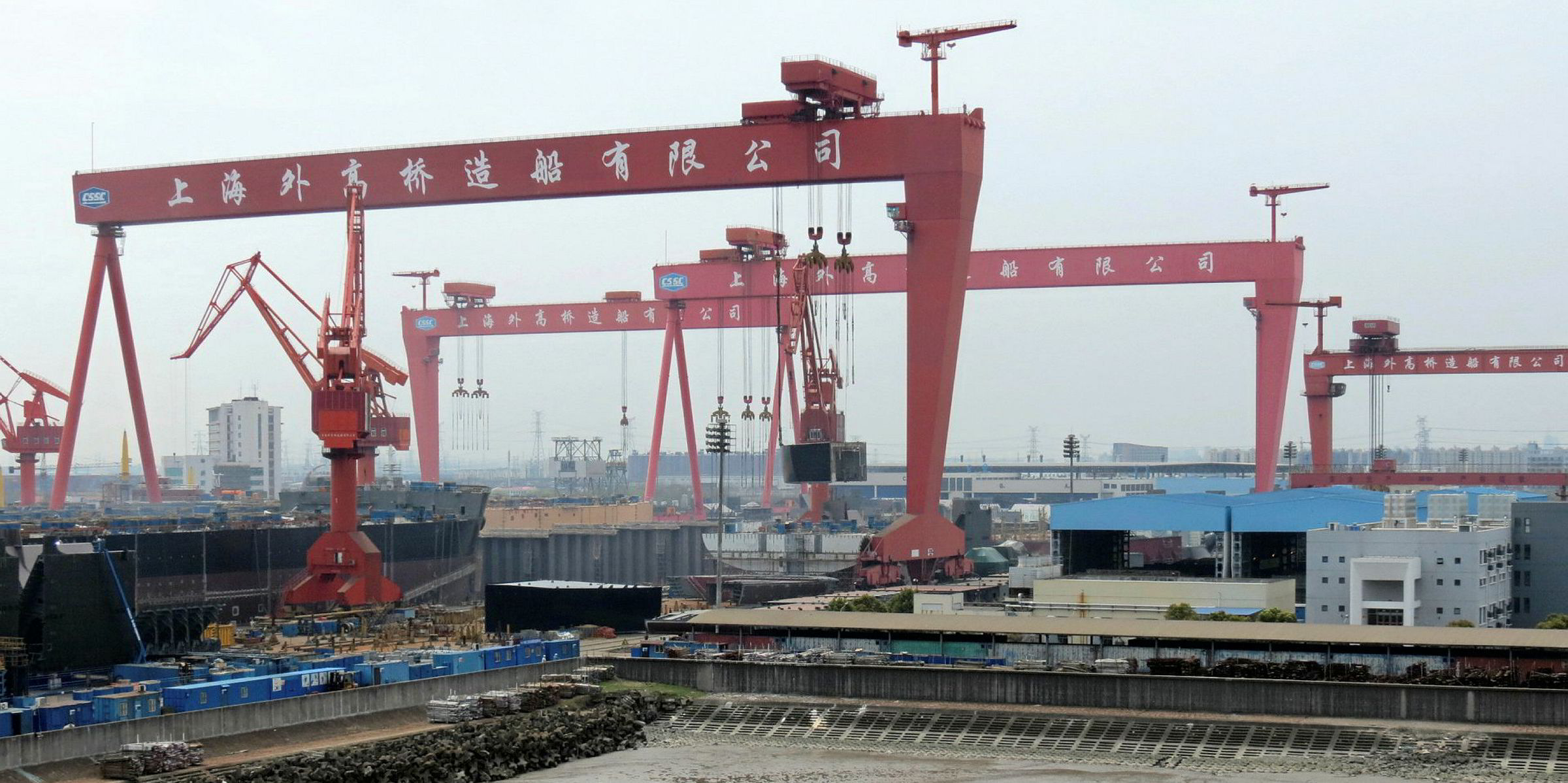The latest annual shipbuilding review from Clarksons gives a certain kind of snapshot into the state of the wider maritime world.
The most dramatic figures from the shipbroker involve the year-on-year rise in orders placed by the gas sector — from 17 to 76.
South Korean yards scooped up pretty much all of these contracts, helping the country to increase its orders in tonnage terms by 66%.
Seoul has been on a determined push to boost the nations shipyards with a series of state spending measures.
Japan infuriated
They seem to be working, while infuriating South Korea’s arch-rival Japan, as I touched on in this column last week.
You can see why. South Korea’s overall new order market share in 2018 was 44%, compared with 13% for Japan and 32% for China.
The latter is still trying to consolidate: there are still plans to merge the massive China State Shipbuilding Corp (CSSC) with China Shipbuilding Industry Corp.

A series of asset sales and government subsidies have helped CSSC this week to announce a small profit for 2018 after two prior years of losses.
President Xi Jinping is generally a supporter of the shipyards and maritime power — not least to support his naval and foreign-policy ambitions around the Belt and Road Initiative.
South Korea has more modest aims in keeping a vibrant vessel construction industry, while Europe and the US remain ambivalent.
The global shipbuilding market overall was flat in 2018 with increased numbers of gas and containerships counterbalanced by low bulker, tanker and offshore orders.
And this, despite shipping still being under pressure for new, cleaner vessels due to environmental regulations.
Pressure for cleaner vessels
This begins with urgent demands for new engines or exhaust-gas scrubbers to cope with tougher sulphur-emission rules being introduced from January 2020 by the IMO.
South Korean shipping investors — whether state-supported or not — increased their spending by almost 50% last year to $4.8bn, according to Clarksons.
This compared with an almost 30% reduction in contracting from Chinese owners or investors and a more than 50% cut from those in the US.
South Korea became the second-biggest investor in the shipbuilding industry behind Greek shipowners who spent nearly $10bn — 75% more than in 2017
South Korea became the second-biggest investor in the shipbuilding industry behind Greek shipowners who spent nearly $10bn — 75% more than in 2017.
Much of the Greek investment went into LNG as dozens of new export and import terminals are being built in the US and around the world.
LNG volumes are expected to grow by up to 11% next year and everyone will have noticed a spurt in Asian gas demand which led to LNG vessels being hired for $200,000 per day.
Gas is seen by many as a lower carbon way of fuelling power stations or even ships — but there are serious opponents too.
Some scientists argue that for United Nations climate action targets to be met, there should be no new fossil-fuel plants, whether coal, oil or even gas.
Some urge the shipping industry to bypass LNG bunkers and go straight from diesel to some kind of totally clean propulsion.
Oil out of favour
Meanwhile, Clarksons shipbuilding review shows that while investors went mad about gas last year, they put the brakes on oil.
There was a near 40% slump in the amount of new tonnage being built by the tanker sector.
This shipping sector continues to go through tough times even though there was a mini-boom in the fourth quarter and a spike in sale-and-purchase activity.
Over the full year, average tanker freight rates were down 4%, although fortunes were dependent partly on which sector of that market you were operating in.
So, based on the Clarksons review, you could say that Greece and South Korea are up, the US and Europe are down, and gas is bossing oil.






